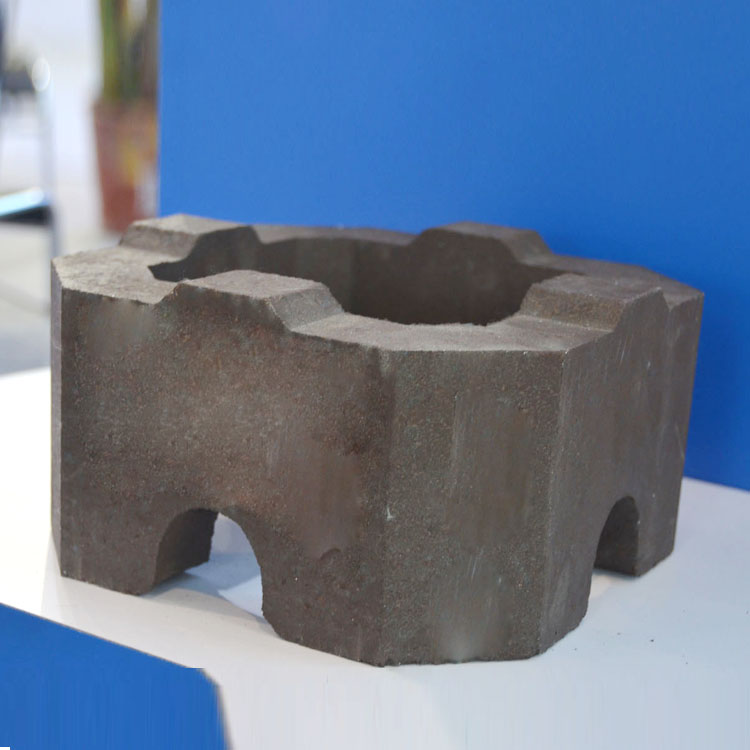
In high-temperature industrial operations, the quality of refractory materials can make or break the efficiency and safety of the process. Inferior refractory materials often lead to frequent equipment breakdowns, increased maintenance costs, and even safety hazards. For instance, in some steel smelting plants, the use of low-quality refractory bricks resulted in a 30% increase in equipment downtime and a 20% rise in energy consumption due to heat loss. This is where high-temperature magnesia-chrome bricks come into play as a game-changer.
Magnesia-chrome bricks are primarily made from high-purity magnesia and chrome ore. Magnesia has excellent refractoriness, with a melting point of up to 2800°C, which provides a solid foundation for high-temperature resistance. Chrome ore, on the other hand, enhances the chemical stability and thermal shock resistance of the bricks. During the manufacturing process, these raw materials are carefully selected and proportioned. They are then mixed, molded under high pressure, and fired at a high temperature of around 1700°C. This precise manufacturing process ensures the uniformity and high quality of the magnesia-chrome bricks.

Let's take a look at some data to understand the performance advantages of magnesia-chrome bricks. In terms of refractoriness, magnesia-chrome bricks can withstand temperatures up to 1900°C, while ordinary refractory bricks can only handle around 1500°C. This significant difference allows magnesia-chrome bricks to maintain their structural integrity in extremely high-temperature environments. In addition, the thermal shock resistance of magnesia-chrome bricks is also outstanding. They can endure rapid temperature changes of up to 1000°C without cracking, which is 3 - 4 times better than ordinary refractory bricks.
| Performance Index | Magnesia-Chrome Bricks | Ordinary Refractory Bricks |
|---|---|---|
| Refractoriness | 1900°C | 1500°C |
| Thermal Shock Resistance | Withstand 1000°C rapid temperature change | Withstand 200 - 300°C rapid temperature change |
Magnesia-chrome bricks have been widely used in various high-temperature industries. In the steel smelting industry, a large steel plant in Europe replaced their old refractory bricks with magnesia-chrome bricks. As a result, the service life of the furnace lining increased from 6 months to 18 months, and the energy consumption was reduced by 15%. In the glass manufacturing industry, a glass factory in Asia adopted magnesia-chrome bricks in their melting furnaces. This led to a 20% increase in production efficiency and a significant improvement in the quality of the glass products.
.jpg)
In conclusion, high-temperature magnesia-chrome bricks are the ideal refractory choice for high-temperature industrial operations such as steel smelting and glass manufacturing. Their excellent refractoriness, thermal shock resistance, and long service life can significantly improve production efficiency, reduce maintenance costs, and enhance product quality. If you are still considering the right refractory materials for your business, we encourage you to take the next step. Contact us today to learn more about our high-temperature magnesia-chrome bricks or visit our official website for detailed product information.
Don't miss out on the opportunity to improve your production efficiency and reduce costs. Contact us now at [Contact Email] or visit www.yourwebsite.com to request a free consultation and sample.

